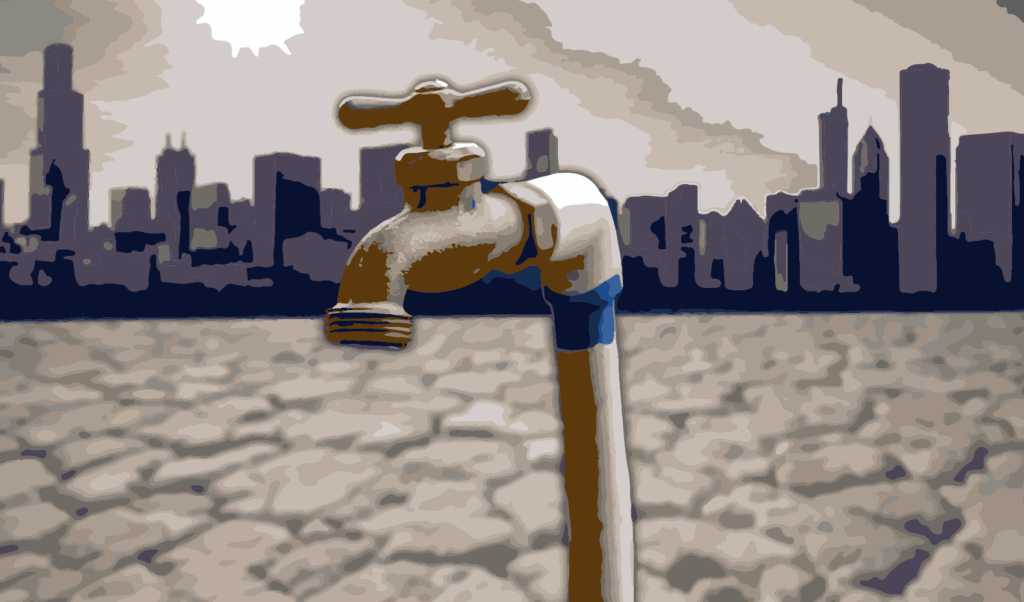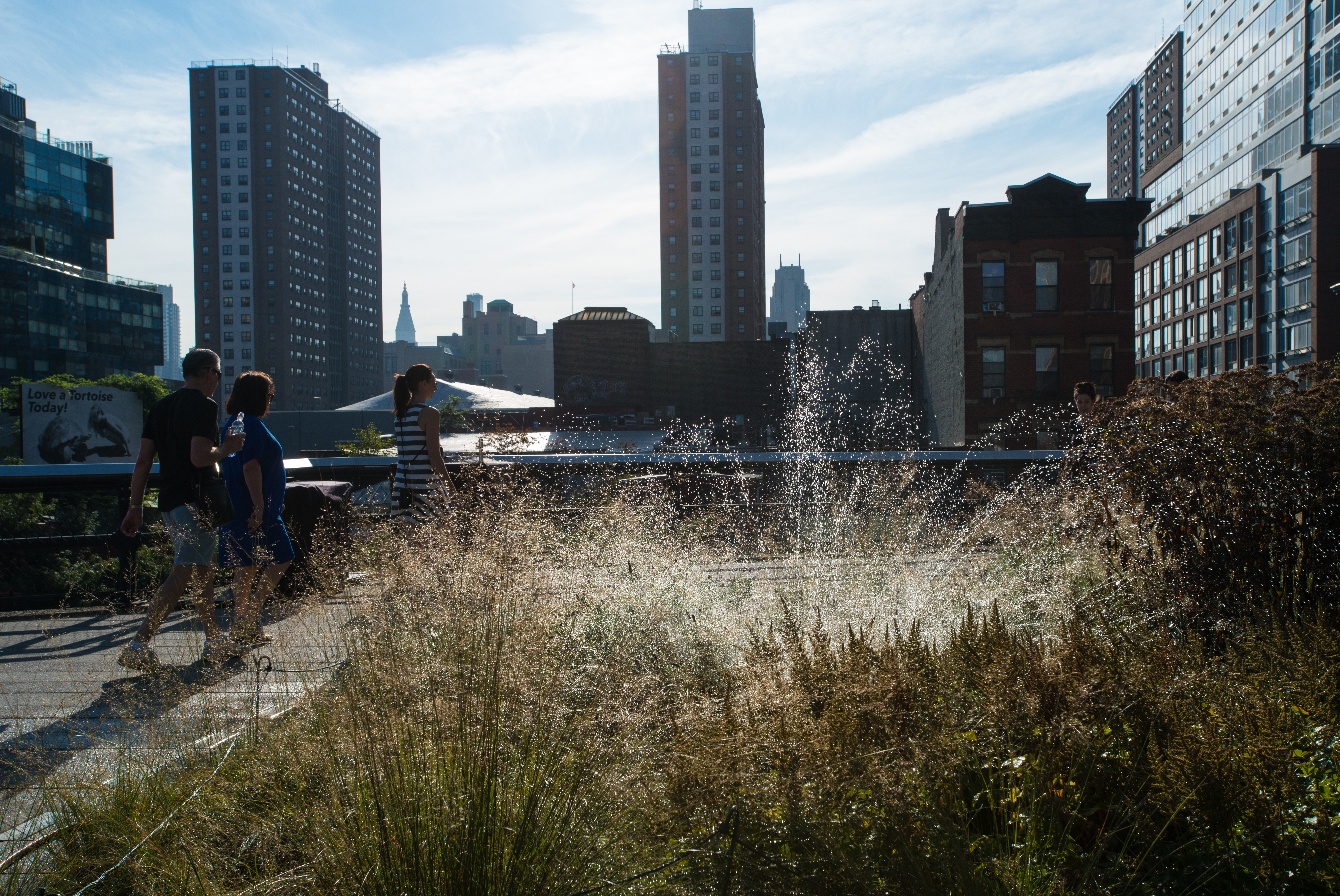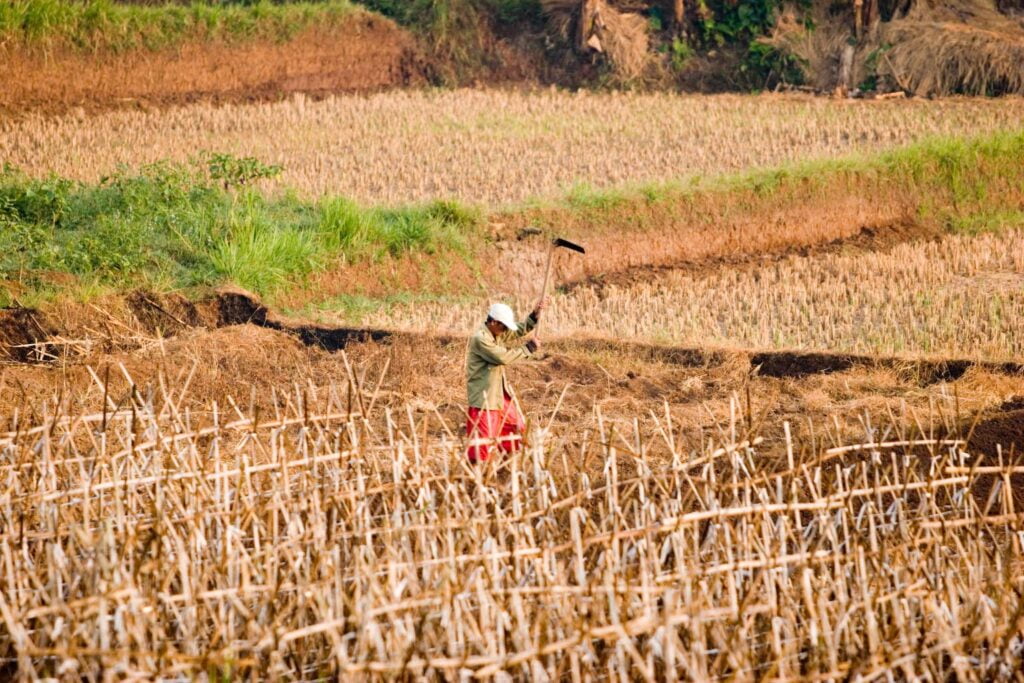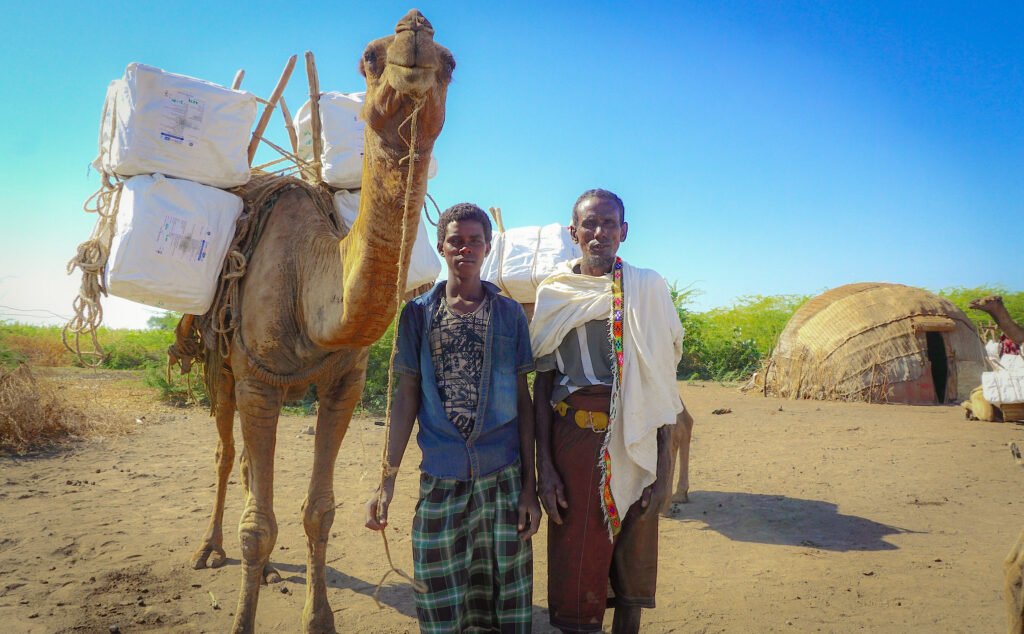We use cookies to improve your experience with Monash. For an optimal experience, we recommend you enable all cookies; alternatively, you can customise which cookies you’re happy for us to use. You may withdraw your consent at any time. To learn more, view our Website Terms and Conditions and Data Protection and Privacy Procedure.
Cities in drought
Published on June 22, 2022In the grips of drought, cities are turning to innovative solutions to preserve their water supplies for the present and the future.
 Major cities around the world are staring down water shortages. : Michael Joiner, 360info CC BY 4.0
Major cities around the world are staring down water shortages. : Michael Joiner, 360info CC BY 4.0
In the grips of drought, cities are turning to innovative solutions to preserve their water supplies for the present and the future.
As droughts intensify, major cities around the world are staring down water shortages. After staving off crisis in 2018, South Africa is again facing challenges. California’s drought has prompted increasingly tough restrictions on residents, while São Paulo is yet to fully emerge from the other side of its own water shortage.
To mark the World Day to Combat Desertification and Drought, United Nations Secretary-General António Guterres highlighted the myriad of society-shaping challenges that drought brings about.
“Droughts in all regions are getting more frequent and fierce,” he said.
“The well-being of hundreds of millions of people is being compromised by increasing sandstorms, wildfires, crop failures, displacement and conflict.”
“Climate change bears much responsibility, but so does how we manage our land.”
Drought is often thought of as a strictly natural phenomenon — days without rainfall, resulting in an eventual water shortage as demand outpaces the replenishing supply.
But urban drought is not only caused by natural factors such as meteorological and hydrological conditions, but also the influence of people. Human activities affect water resources. Fast population growth in urban areas leads to a lot of people trying to access the same water supply, over time putting a strain on resources. It may, over a long period, trigger a water shortage. In many cases, the terms urban drought and water scarcity are often used simultaneously.
Finding ways to be more efficient with our water resources is important, as is slowing the ravenous impacts of climate change. Adapting to drought, and finding ways to sustain standards of living, are concurrent challenges cities are being forced to take on.
Governments can adapt, businesses can invest and researchers can stay on the cutting edge to overcome this global challenge.
REALITY CHECK
An estimated 55 million people around the world are affected directly by drought each year.
Dought was one of the hazards that led to the largest human losses between 1970 and 2019, with approximately 650,000 deaths casued by drought.
As many as 700 million people are at-risk of being displaced as a result of drought by 2030.
2.3 billion people live in water-stressed countries, nations where demand for water exceeds the available amount during a certain period or when poor quality restricts its use.
BIG IDEAS
Quotes attributable to Ilan Kelman, City University London:
“Human-caused climate change seems to be worsening some droughts, prompting the world to confront a daunting challenge: how will we live with limited freshwater? For cities, this feels like a new problem. In reality, communities around the globe have been living with drought for millennia — and there is much that modern planners can learn from them.”
“The climate always varies. Now, because of our greenhouse gas emissions and land use, many locations experience more concentrated periods of water intensity and deficit. The latter does not need to mean that people are worse off, if we put effort into living with drought.”
Originally published under Creative Commons by 360info™.
Editors Note: In the story “Cities in drought” sent at: 20/06/2022 11:28.
This is a corrected repeat.












